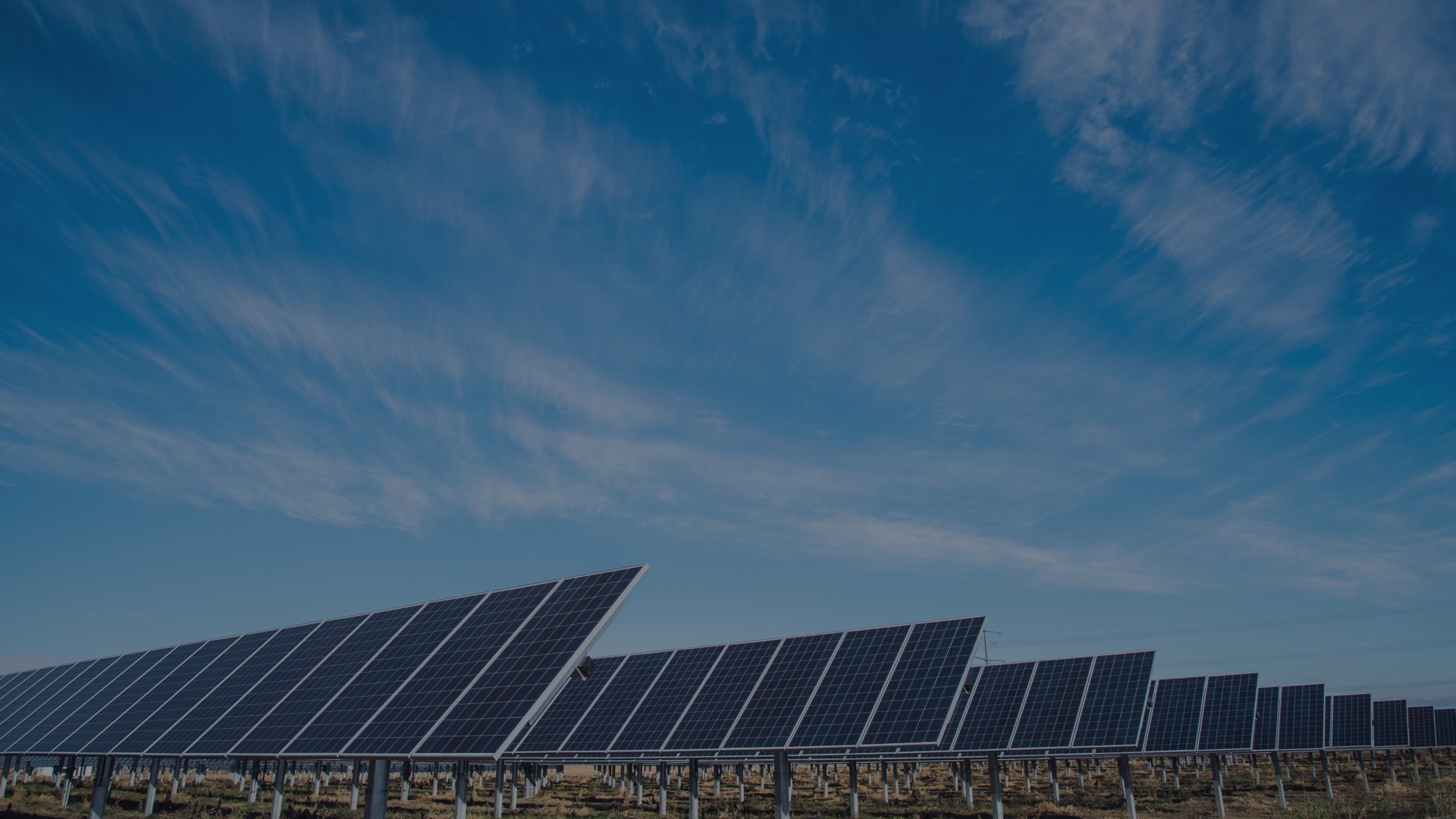Interest and investment in renewable energies the world over has increased rapidly in the last few years and new figures released by the government show that the UK's renewable energy output has risen by 42 per cent since 2011.
The statistics from the Department of Energy and Climate Change (DECC) show renewable electricity output during the second quarter of 2012 rose 6.5 per cent year-on-year to 8.13TWh and overall capacity soared by 42.4 per cent to 14.2 gigawatts.
This increase is largely due to the result of the opening of a number of new large-scale on- and offshore wind farms and the conversion of the Tilbury B power station to dedicated biomass.
Whilst non-renewables such as natural gas still account for around 30 per cent of the UK's energy usage, renewable energy now accounts for 9.6 per cent of the UK’s energy, up from nine per cent in the second quarter of last year.
Output would have been higher still but low rainfall and winds led to a 31 per cent drop in hydroelectricity production and an 11 per cent drop in power output from onshore wind farms.
Two renewables that saw an enormous increase in output were solar and wave power, which grew by 900 per cent to 0.47TWh.
Solar photovoltaics (PV) capacity increased by 101 megawatts in the second quarter of 2012 , due to the continued high uptake of the GB Feed in Tariff scheme.
Solar PV capacity stood at 1.4 gigawatts at the end of the second quarter – ten per cent of all renewable electricity capacity.
The number of solar panel installations across the country is likely to continue to increase as the benefits of the Feed in Tariff and the Renewable Heat Incentive become more widely known and costs of traditional energy sources continue to rise.
The European commission recently released the PV (photovoltaic) Status Report for 2012 which stated: "Photovoltaics is a key technology option to realise the shift to a decarbonised energy supply" and the UK's push towards solar panel installation certainly reflects this.
